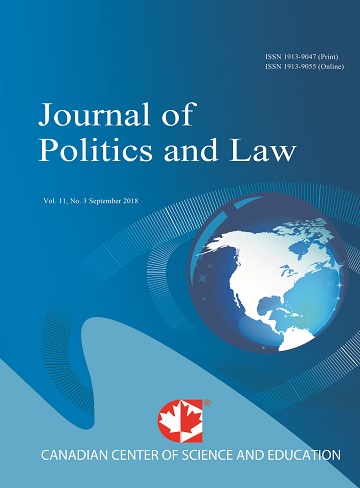Yemen War: An Overview of the Armed Conflict and Role of Belligerents
- Abdullah Al Dosari
- Mary George
Abstract
Since 2004, Yemen is facing a rebellious movement by a Shiite militant group called the Houthis1. The Houthis established a parallel rule in northern part of the country and occupied the capital Sana'a. Due to involvement of regional powers including Iran, UAE and Saudi Arabi the nature of conflict became both sectarian and separatist. Following the Arab uprising in 2011, the roots of recent conflict lies in the failure of political transition between the former President Ali Abdullah Saleh and his opposition. The geopolitical situation and support of Iran for the Houthis made the station in Yemen more complex. Therefore, the Gulf countries particularly Saudi Arabia was concerned because of the strategic and political situation of its fragile neighbor. This paper provides an insight to the conflict in various aspects including the role of conflicting parties, role of proxies, role of world powers and regional actors to analyze the conflict in a detailed manner. At the end study also discusses the most recent political and strategic developments having implication on the region.
- Full Text:
 PDF
PDF
- DOI:10.5539/jpl.v13n1p53
Journal Metrics
h-index (2017): 14
i10-index (2017): 39
h5-index (2017): 9
h5-median (2017): 11
Index
- Academic Journals Database
- ACNP
- ANVUR (Italian National Agency for the Evaluation of Universities and Research Institutes)
- Berkeley Library
- CNKI Scholar
- COPAC
- CrossRef
- DTU Library
- EBSCOhost
- Elektronische Zeitschriftenbibliothek (EZB)
- EuroPub Database
- Excellence in Research for Australia (ERA)
- Genamics JournalSeek
- GETIT@YALE (Yale University Library)
- Ghent University Library
- Google Scholar
- Harvard Library
- HeinOnline
- INDEX ISLAMICUS
- Infotrieve
- Jisc Library Hub Discover
- JournalGuide
- JournalTOCs
- LOCKSS
- MIAR
- Mir@bel
- NewJour
- Norwegian Centre for Research Data (NSD)
- Open J-Gate
- PKP Open Archives Harvester
- Publons
- Pubmed journal list
- RePEc
- ROAD
- Scilit
- SHERPA/RoMEO
- Standard Periodical Directory
- Stanford Libraries
- UCR Library
- Ulrich's
- UniCat
- Universe Digital Library
- UoS Library
- WorldCat
- Zeitschriften Daten Bank (ZDB)
Contact
- William TaiEditorial Assistant
- jpl@ccsenet.org
